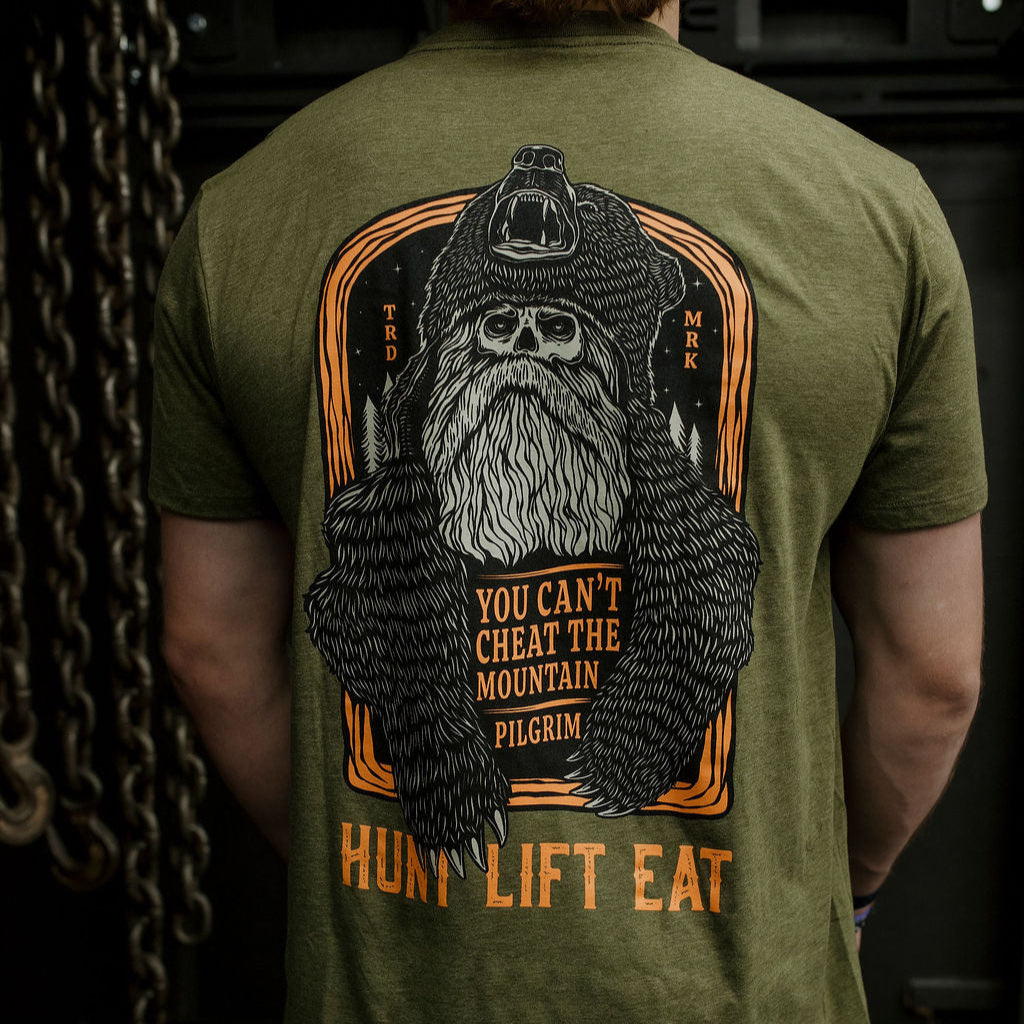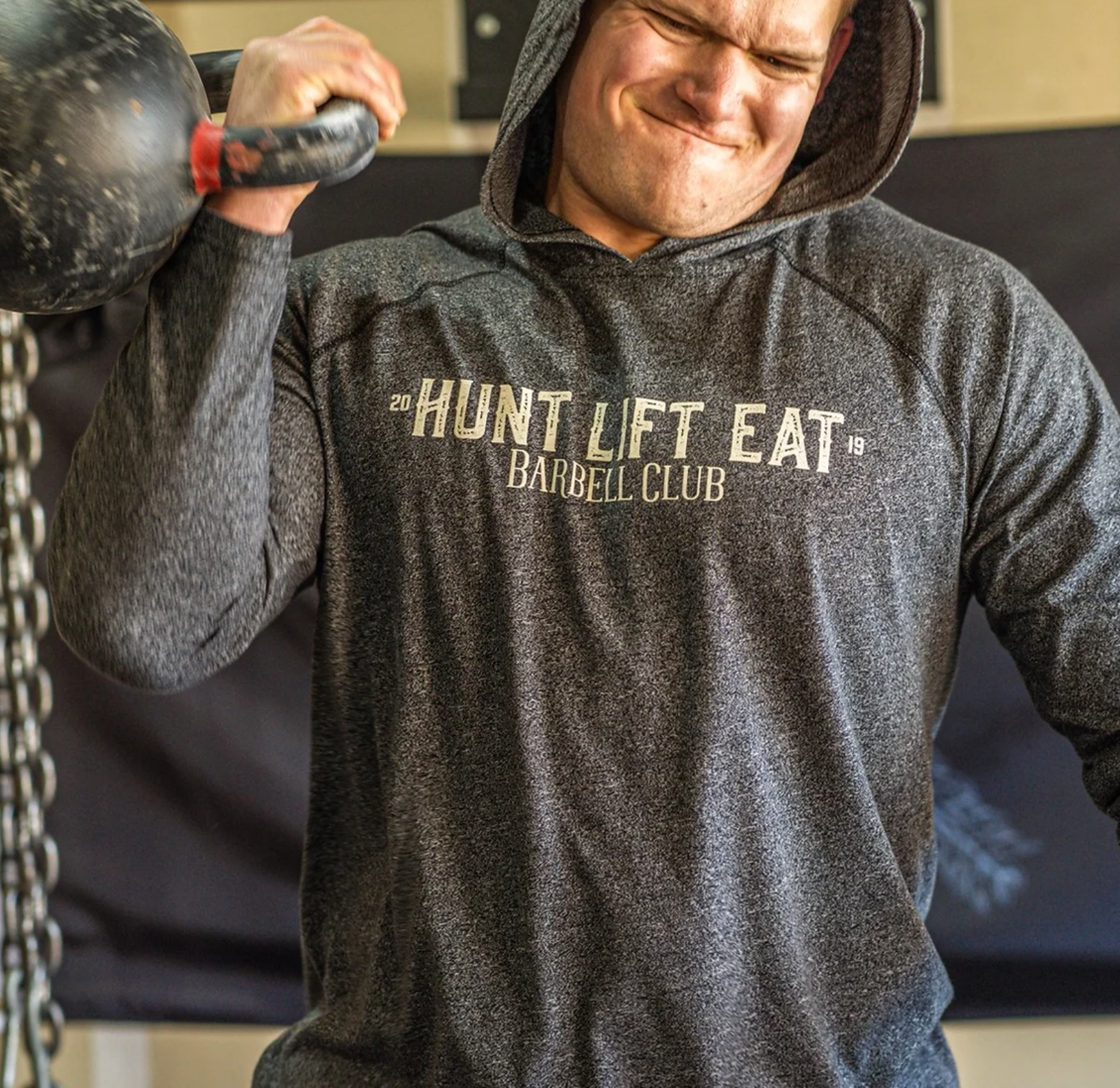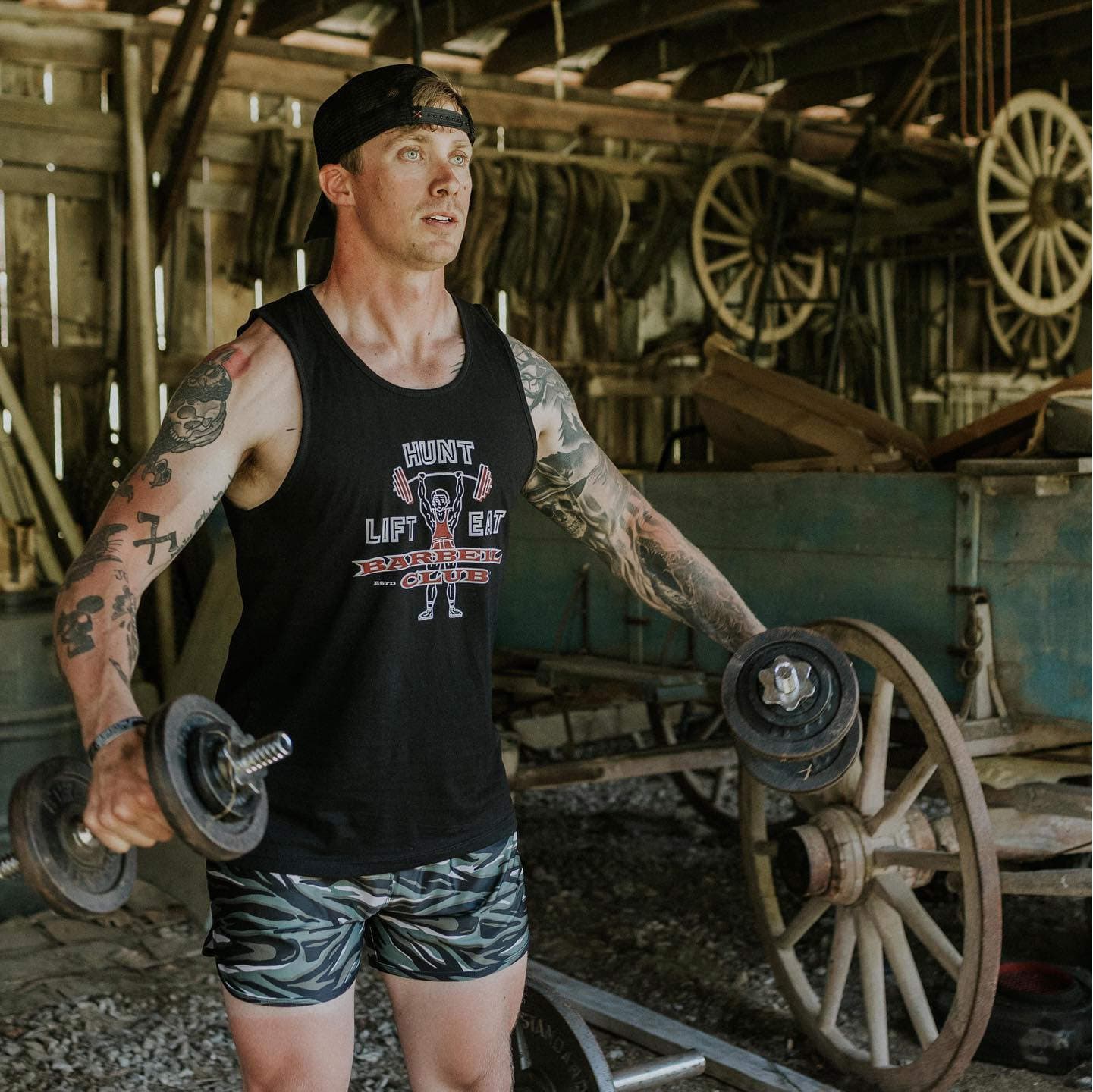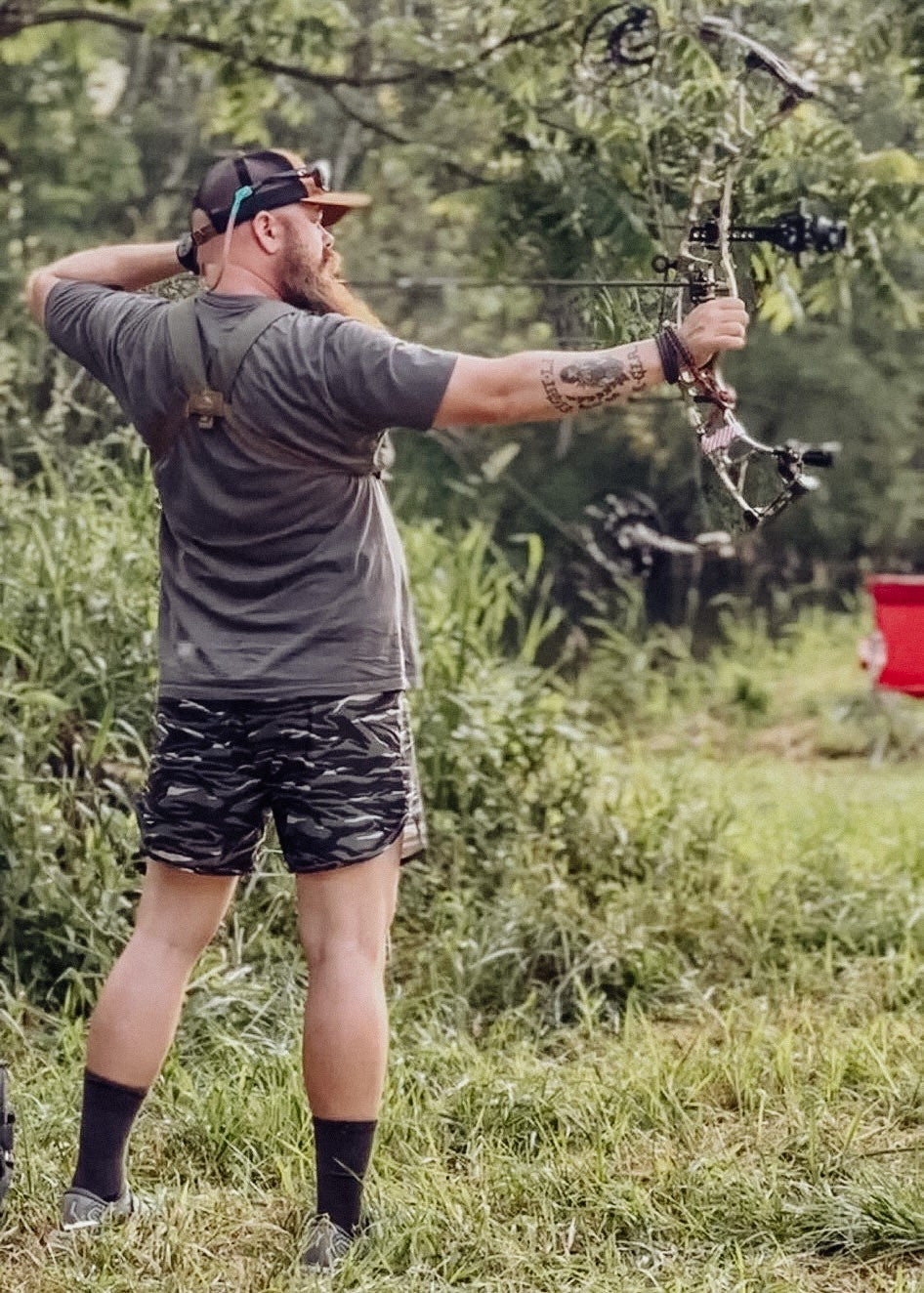With upland and waterfowl season pretty much over or wrapping up across the country I am constantly getting asked questions from people I know, some I don't know from social media, and by those that see me out in the field. All these folks ask me about what it takes to get a dog ready to do the things that we want them to do for us. This can be quite a touchy subject, depending on who you speak to and based on what level they are trying to get their dogs reach. But all I can say is that throughout my experiences and my time in the field, I have seen a lot of people demanding higher expectations out of their four-legged friends without going through the proper trainings in order to help them become successful and safe hunting companions for years to come.
Now don’t get me wrong, I’m not saying that my way is the only way, but I like to believe I bridge the gap of some old school and new school techniques to help give you and your four-legged friend a better experience afield. Now, without getting too far on a tangent with training, let’s start with the basics, shall we….
Here is something that I believe those who put time and effort into training their dogs can all agree upon… First and foremost, you need an obedient dog. Now I’m not saying a dog that listens “most of the time” or “some of the time” but obedience needs to be pretty much on point 100% of the time. You need to know your four legged hunters will not go chasing after a deer or some other animal you are not hunting or won’t jump off the stand into a volley of shotgun fire when you’ve got ducks cupped feet out about to land in your spread.

So what I mean by that is the dog must be trained and taught the right way to act and be able to execute the following commands: sit, stay, here, heel, kennel, fetch and place. There are others, but let’s start with these basics and you’ll build up from there to more complex commands like: being steady, to wing and shot, blinds, casting and etc. I also rely heavily upon a sit whistle when hunting upland with my flushing dogs so I know they are out of harms way when that big rooster flushes in your face!
Since I can assume that we will all agree on most of the above listed basic commands, let’s help you get there. Sit and here are probably among the easiest commands to teach because your dog is going to end up sitting and running to you at some point, so let’s get you ready on what to do when it happens. There are many ways to get your dog to execute these commands. For example, I am a big proponent of positive reinforcement and praise over treats. I like to have the dog working for me based off of praise rather than food drive because at some point you will need to phase out the food so I like to cut that step out entirely. Yes, it may take a little bit more work, but in my opinion, it will pay off tenfold down the line when you get into formal training.

When your dog reaches a certain age (lets call it three to five months) and understands most of those basic commands both in the house and outdoors, you'll be ready to take the next step. For your young dog, they should be able to execute those commands preferably on a lead or an extended check cord while outdoors so you can ensure compliance without teaching the dog bad habits, and to teach them that what you are telling them to do is an option.
Now, once the dog understands those commands and reaches the age of five or six months, you will start formal training. During formal training you will be requiring that dog to be compliant when you give it the command. So, what I like to do is put the dog back on leash and now you will expect compliance from those commands. Once your dog is understanding and being compliant while back on leash, I like to use the E-collar and condition to each command. There is a lot of misconception about the E-collar, but when trained in conjunction with a lead, it just becomes an extension of the lead and you can get the same desired results as if the dog is still on leash at a greater distance.

Now I’m sure that you have heard that certain steps in training can make or break a dog. From what I have seen, the E-collar is one of the most pivotal training steps that will either make or break your dog if you do not condition it properly. I suggest that if you plan on following a set training routine at any time throughout your dogs life, I would 100% recommend following an E-collar conditioning program rather than winging it.
Once your dog has been ran through formal training and showed compliance after being put back on lead and being E-collar conditioned, you can start force fetching. Somewhere around eight months (depending on your dog's prey drive and soft/hard mouth) is when I like to start force fetching. Force fetching is used to instill that when you say fetch it means to pick up and hold that object until you ask your dog to release it… Once I'm ready for the dog to release that object, I say one command, "Give”.

Again, this is another step in the training that is very controversial in the dog training community. Some people believe it is not necessary and I am not saying it is 100% necessary that you must do this. You have to be able to teach your dog and figure out what kind of retrieving compliance you are looking for and take it from there.
Now while you were going through the steps of teaching your dog from a puppy all the way up to formal training, you should’ve also been building up prey drive and getting them acclimated to sounds and smells they may come across in the field. This can be simulated by retrieving bumpers in a tight hallway so the dog is encouraged to come back to you. I like to make it as fun as I can for the dog by setting up training exercises that allows the dog to have feathers in its mouth (this could be a young pup with a wing or a small bird as dog gets bigger).
Also getting them acclimated to whatever types of scenarios that you will be putting them in. For example, on and around a quad, being around lawnmowers and loud noises, gunshots (in itself is another big step that a lot of people unfortunately do wrong and they can ruin a dog with great potential---we'll save that for part 2), and more!
With all that being said, there are many training programs out there. My biggest advice is to read up on, research, and follow a bunch of different trainers and methods before figuring out which is right for you and your dog. Also, talk to local people in your area that train for the same purpose, after a quick google search, you should be able to find local groups in your area. Once you figure out what you like, stick to one program so you can stay within the progressing parameters.
This by no means is this a comprehensive training article, but designed more for educational purposes to help get you in the right mindset and understanding of what it takes to have a competent hunting dog. I want to help you get on the right path to getting your dog ready for hunting and the outdoors.
If there’s any concerns or questions I am open for dialogue and more than willing to help anybody in need. Be safe and good luck on your journey with your four legged companions.
As always, thank you Frankie for sharing and we appreciate all ya'll for reading!




 Again, this is another step in the training that is very controversial in the dog training community. Some people believe it is not necessary and I am not saying it is 100% necessary that you must do this. You have to be able to teach your dog and figure out what kind of retrieving compliance you are looking for and take it from there.
Again, this is another step in the training that is very controversial in the dog training community. Some people believe it is not necessary and I am not saying it is 100% necessary that you must do this. You have to be able to teach your dog and figure out what kind of retrieving compliance you are looking for and take it from there.











Leave a comment
This site is protected by hCaptcha and the hCaptcha Privacy Policy and Terms of Service apply.